[FIX] Can’t hear Party Chat in Xbox Game Bar
In Xbox Game Bar, the “can’t hear party chat” problem happens when the party overlay shows active people talking, but no chat sound plays through the connected headset or speakers. This means the Game Bar can’t send the party audio to the right output device.
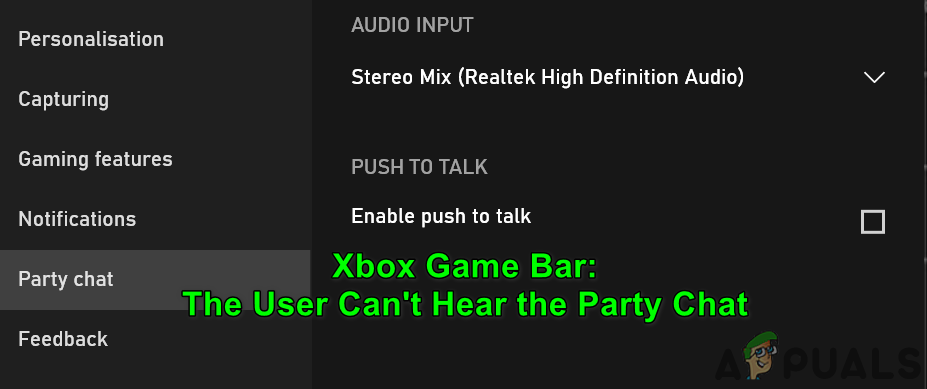
The most common cause is a wrong audio output choice in the Game Bar’s Party Chat settings, though it can also happen if Windows mic or privacy settings block the app or if the Game Bar’s app registration is broken.
Before diving into the solutions, try these quick checks:
- Unplug and replug your headset while in a party chat to see if audio returns.
- End Xbox Game Bar processes in Task Manager.
- Restart your PC and your router.
- Make sure your microphone isn’t muted and that Xbox Game Bar and your game can access it (Windows Settings > Privacy & security > Microphone).
- If you’re in the Windows Insider Program, consider leaving it to see if that helps.
- Check your Xbox account’s privacy/parental controls or age settings to ensure party chat isn’t blocked.
- If you’re also signed in on an Xbox console, try signing out there.
- Play the game in Windowed Fullscreen or Borderless mode and test again.
- Lastly, test whether disabling your Firewall fixes the issue.
1. Repair the Xbox Game Bar Installation
If Xbox Game Bar is corrupted, repairing it can fix the problem.
- Press the Windows key, open Settings > Apps, and expand Xbox Game Bar.
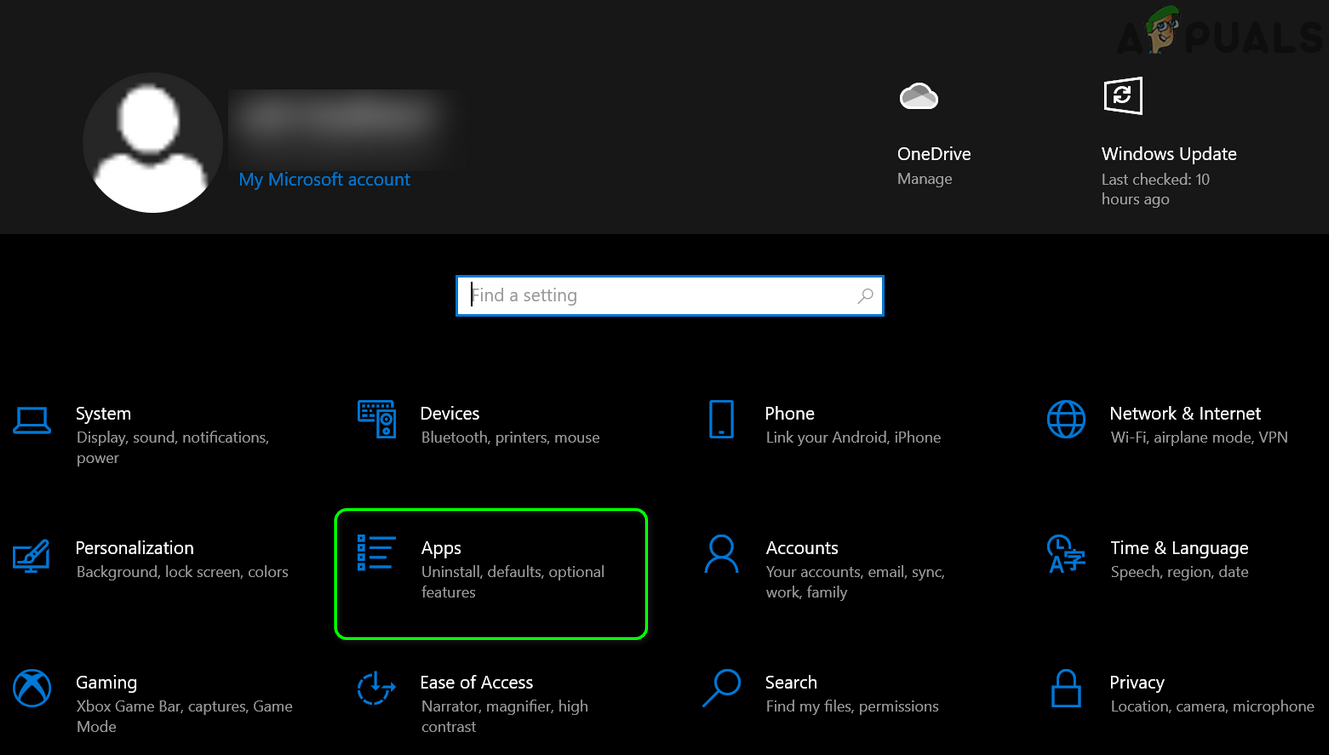
Open Apps in Settings - Open Advanced options and click Terminate.
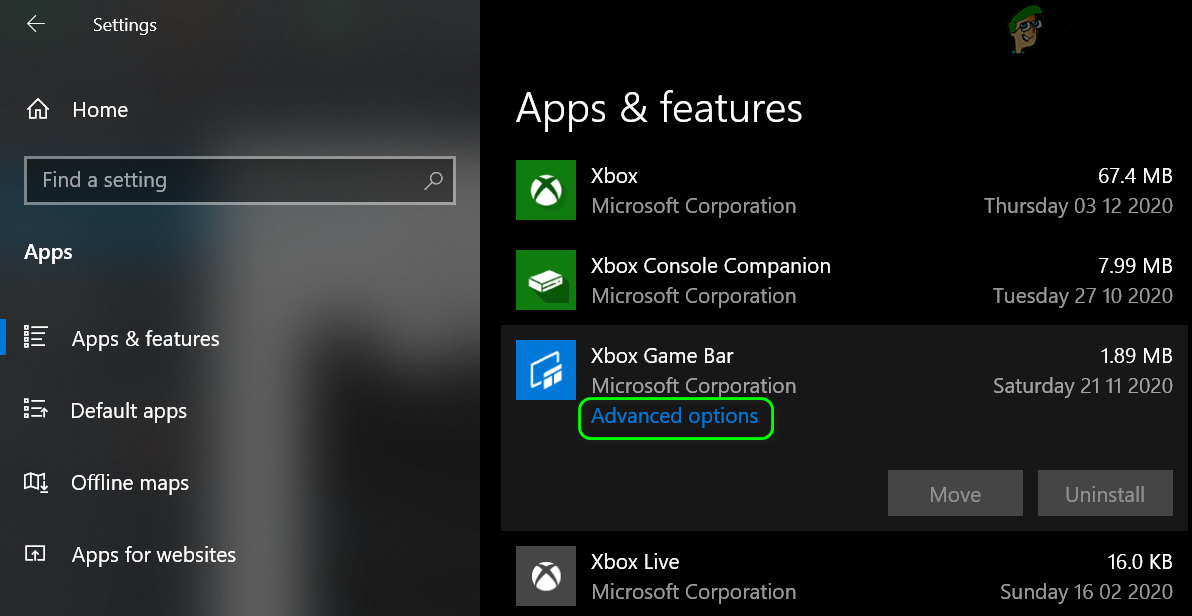
Open Advanced Options of Xbox Game Bar - Relaunch Xbox Game Bar and check if the issue persists.
- If it’s not resolved, repeat the steps above and click Repair, then relaunch.
- Still not working? Repeat the steps again and click Reset (note: this will erase the app’s data), then relaunch.
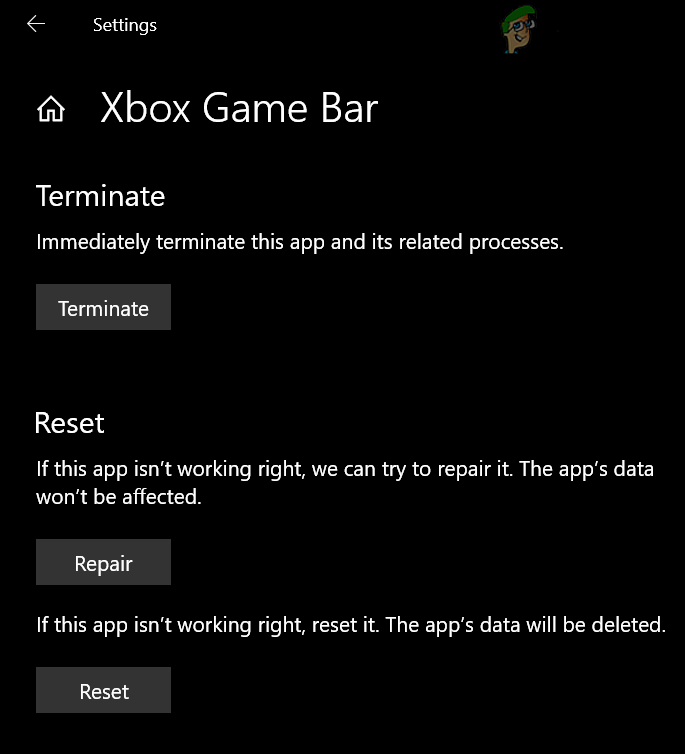
Terminate, Repair or Reset the Xbox Game Bar - Relaunch Game Bar to see if it’s functioning correctly.
2. Set the System’s Time Zone to Automatic
Incorrect date/time or time zone can cause Xbox Game Bar issues by breaking server sync.
- Right-click the clock and open Adjust date/time.
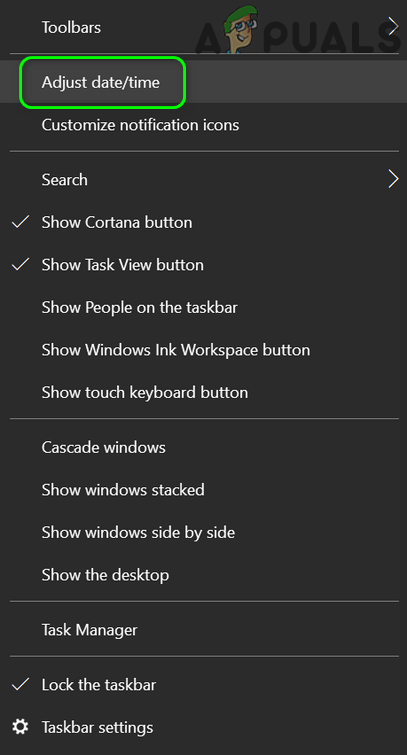
Open Adjust Date/Time - Toggle Set time zone automatically off, choose the correct time zone, then turn it back on.
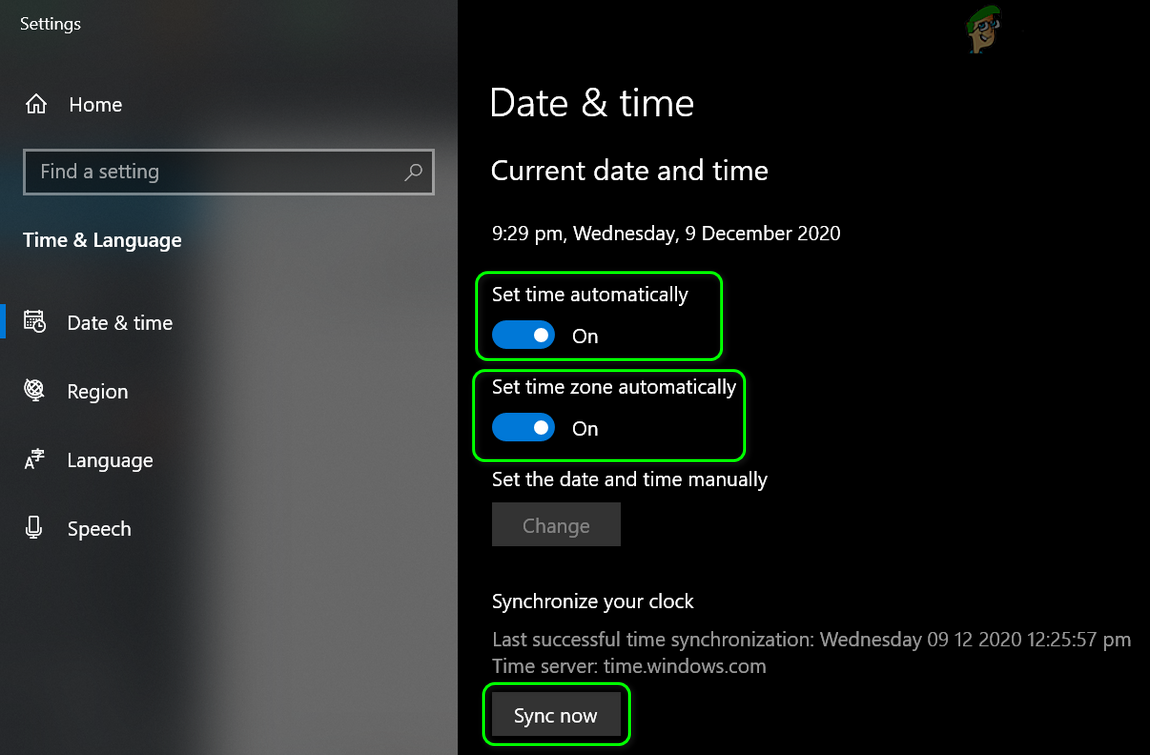
Enable Automatic Time/Time Zone and Sync Your Clock - Reboot your PC, make sure Set time automatically is on, and click Sync now. Test Xbox Game Bar again.
3. Close/Uninstall Conflicting Applications
Some apps can interfere with Xbox Game Bar. Razer Cortex and Blue Yeti software are commonly reported.
- Boot your PC in Safe Mode or perform a clean boot and test party chat.
- If it works there, close apps like Razer Cortex (and end any related processes in Task Manager), then test Game Bar.
- If needed, reinstall your Blue Yeti (or similar) software and drivers. Afterward, set the Blue Yeti as the default device if you use it.
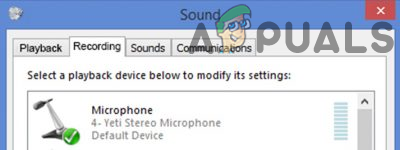
Remove Blue Yeti From Your System
4. Set Headset as Default Input/Output Device
If your headset isn’t the default device, party chat won’t play through it.
- Press the Windows key, go to Settings > System, then click Sound on the left.
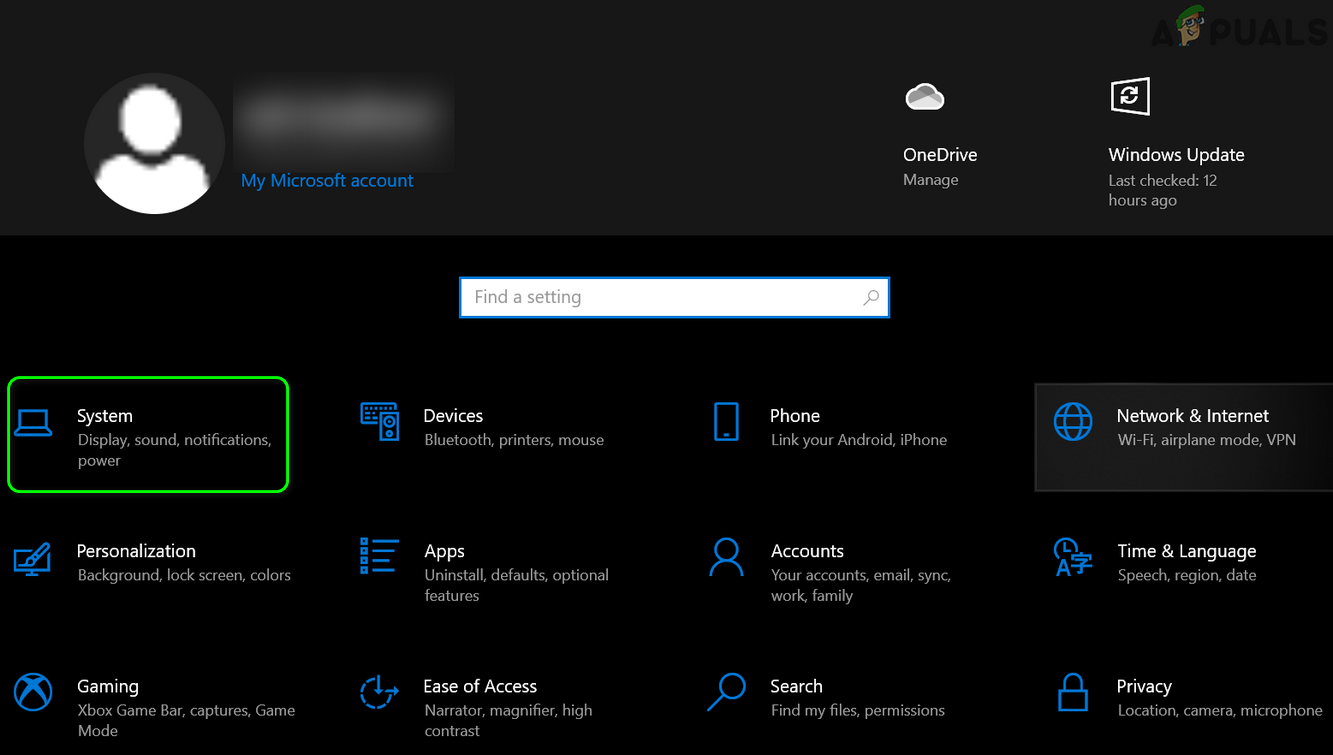
Open System in Windows Settings - Click Sound Control Panel on the right.
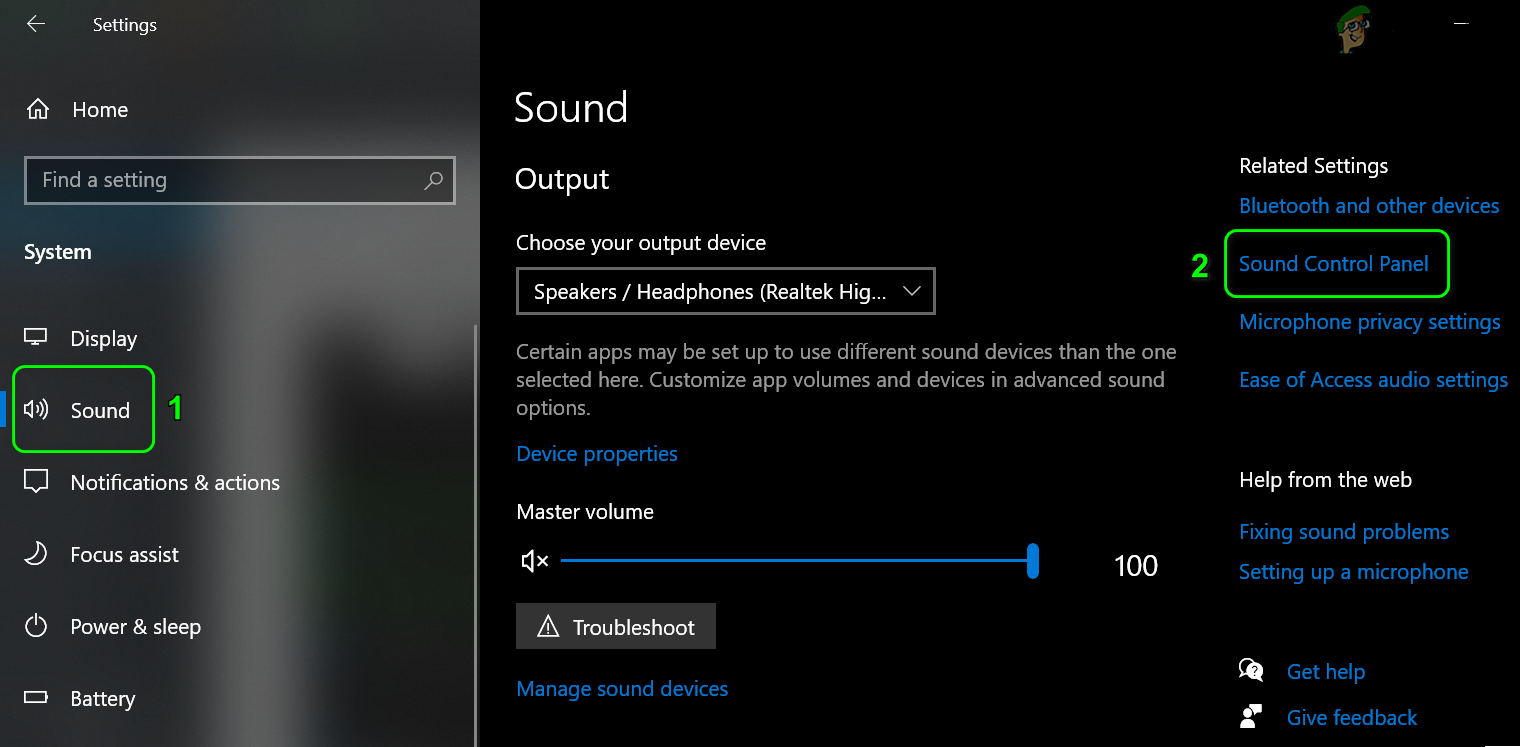
Open Sound Control Panel - In the Playback tab, find your headset. Play some audio and confirm it’s the one producing sound.
- Right-click your headset and select Set as Default Communication Device (if available).
- Also select Set as Default Device.
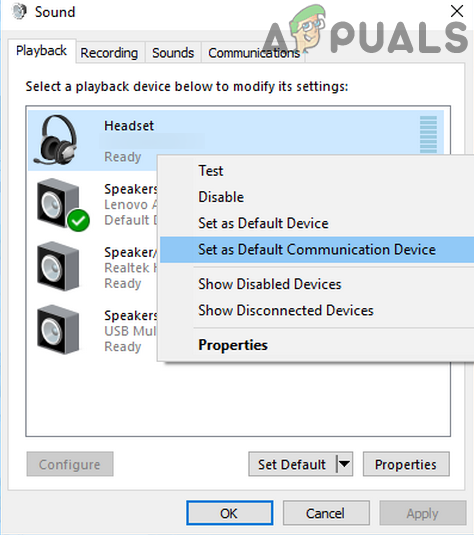
Set Your Headset as Default Communication and Default Device - Open the Recording tab and speak into your mic. Look for the device that shows green bars when you talk.
- Set that device as both the Default Communication Device and the Default Device.
- Test if Xbox Game Bar party chat works now.
- If not, go back to the Playback tab, right-click your headset, and open Properties > Advanced.
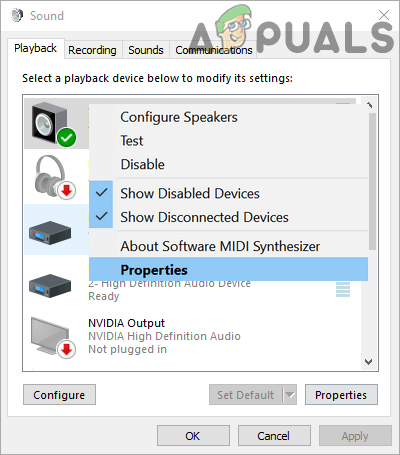
Open Properties of the Headset in the Playback tab - Uncheck Allow applications to take exclusive control of this device.
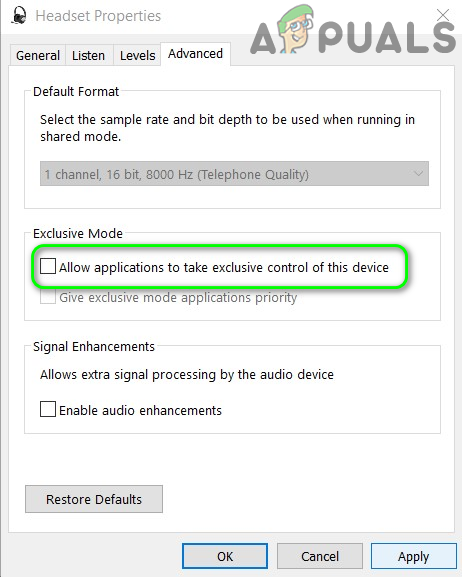
Uncheck Allow Applications to Take Exclusive Control of This Device - Click Apply/OK, then do the same for your headset in the Recording tab.
- Check if Xbox Game Bar works correctly now.
5. Change Audio Input/Output Devices in Game Bar Settings
Xbox Game Bar may be using the wrong device for voice and output.
- Open Xbox Game Bar, join or start a party, and keep it open while you change settings.
- Click the Gear icon (Settings) and open Party Chat.
- Set Audio output to your headset (or switch it to your headset if it’s set to something else).
- Do the same for Audio input, then close Settings.
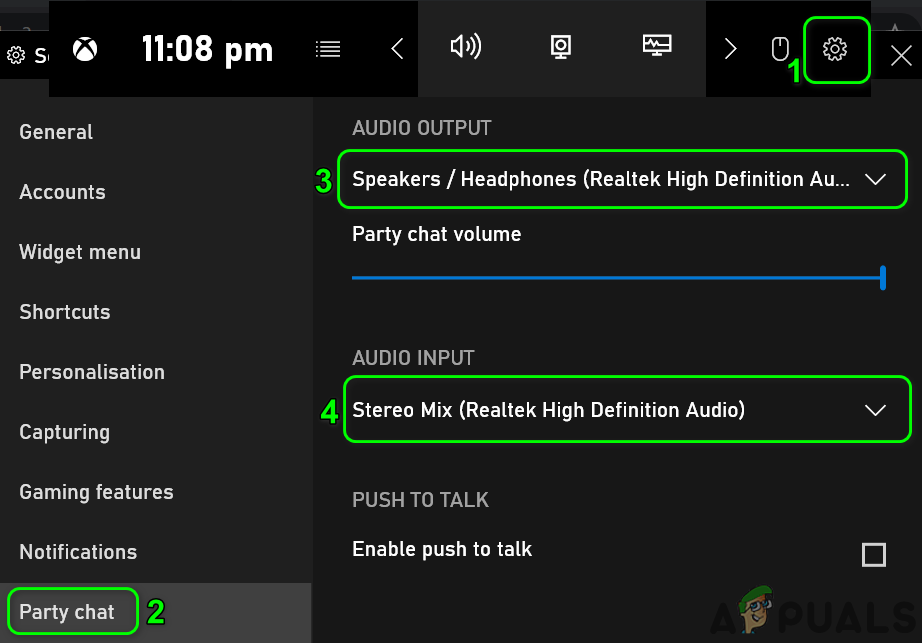
Set Input and Output Device in the Game Bar Settings - Open Widget Menu > Audio.
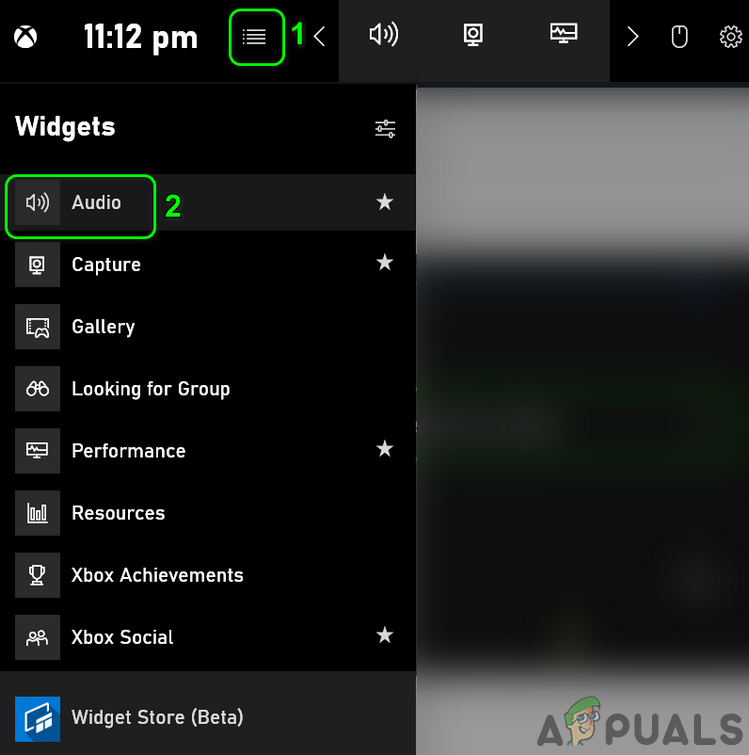
Open Audio in the Widget Menu of the Game Bar - In both Mix and Voice tabs, make sure your headset is selected.
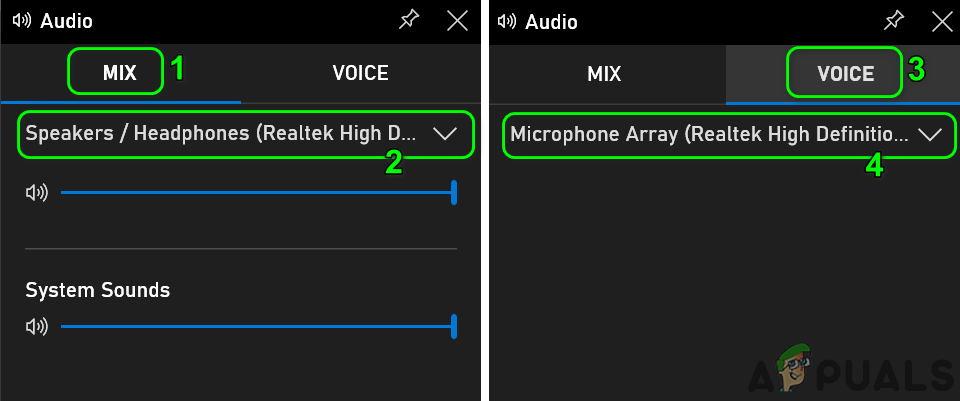
Set the Headset in Audio of Widget Menu - Go back to Settings > Party Chat and confirm the headset is selected for both output and input.
- Test party chat again.
- If it still doesn’t work, try turning off Push to talk in Party Chat settings.
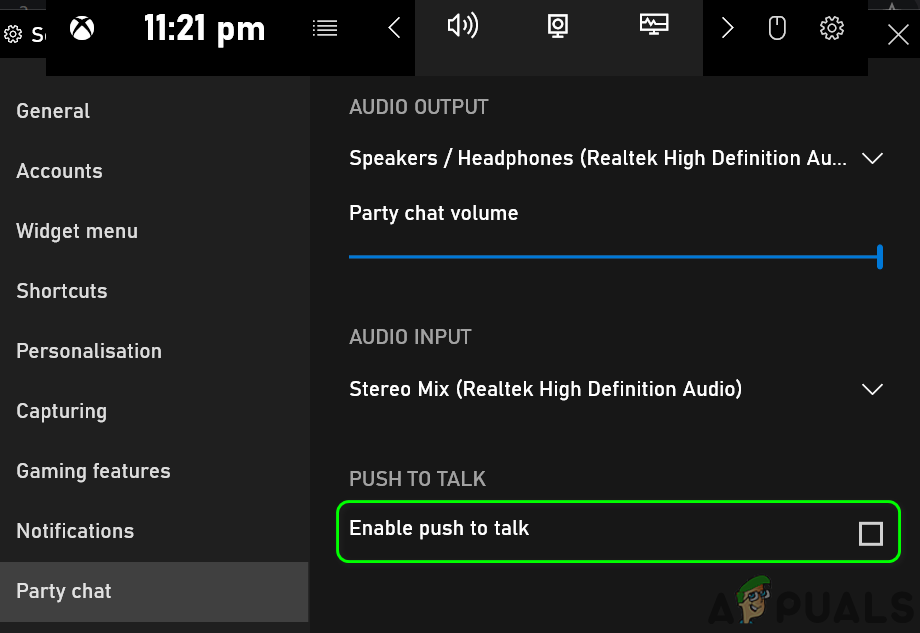
Disable Push To Talk in the Game Bar Settings
6. Update/Reinstall Network and Headset Drivers
Corrupted or outdated drivers can cause audio and party chat issues.
- Update your system drivers and Windows to the latest build, then test again.
- If the issue persists, download the latest network and headset drivers from your PC or device manufacturer’s website.
- Press Windows + X and choose Device Manager.
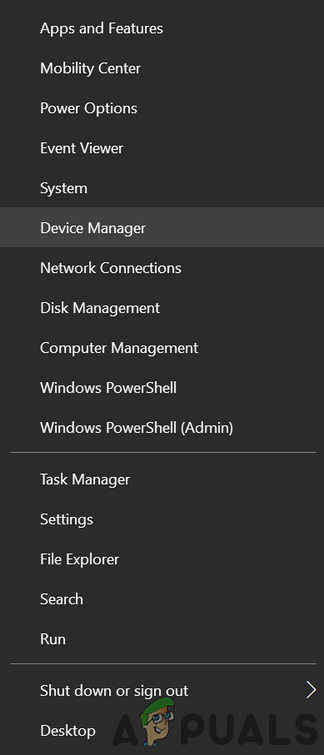
Open Device Manager - Right-click your network adapter and select Uninstall device. When prompted, check Delete the driver software for this device.
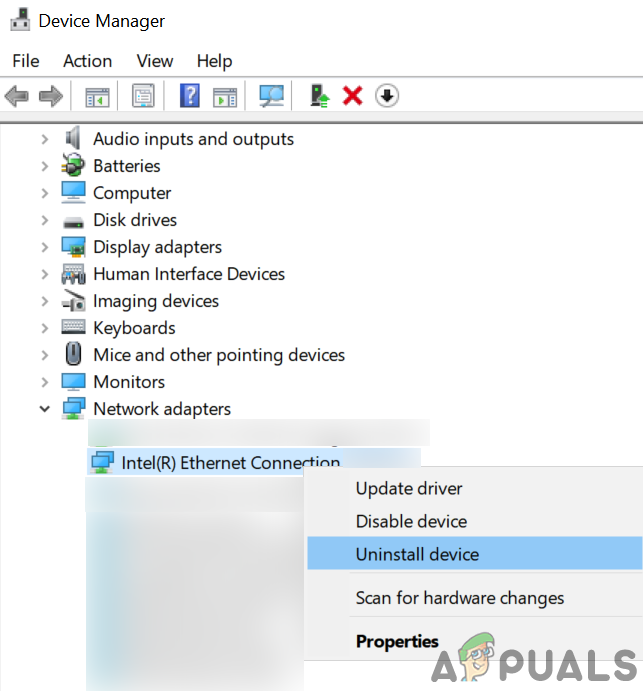
Uninstall the Network Adapter - Uninstall any other network-related drivers (Wi‑Fi, Ethernet, VPN adapters), then restart your PC.
- After reboot, install the fresh network drivers you downloaded and test again.
- If it still doesn’t work, press the Windows key, type Services, and open it.
- Right-click Windows Audio and select Restart.

Restart the Audio Service - Test Xbox Game Bar again.
- If the problem remains, in Device Manager, right-click your headset (under Audio inputs and outputs or Sound, video and game controllers), choose Uninstall device, restart, then install the latest headset driver.
7. Change the NAT Type of Your Network
A strict or moderate NAT can break party chat. An open NAT usually fixes it.
- Turn off IPv6 on your network adapter and test again (Network & Internet settings > Change adapter options > Adapter Properties).
- If that doesn’t help, press the Windows key and go to Settings > Gaming > Xbox Networking.

Open Gaming in the Windows Settings - Check NAT type. If you see Teredo is unable to qualify (or similar), click Fix it.

Fix the Xbox Networking - Test NAT type again. If it’s open, try party chat.
- If NAT is still not open, open Command Prompt as an administrator.

Open Command Prompt as Administrator - Run these commands one by one:
netsh int teredo set state disable netsh int teredo set state type=default netsh int teredo set state enterpriseclient netsh int teredo set state servername=teredo.remlab.net
- If the issue persists, consider manually changing NAT type to open.
If the problem continues, try inviting friends to a voice chat outside Xbox party chat as a workaround. If the issue only affects one game, reinstall or reset that game. If the new Xbox app (or the Xbox Companion app) works, use that instead. If this started after a Windows update, try rolling back the update. If none of these help, a clean Windows installation might be required. Finally, testing with a different router can also help rule out network issues.





